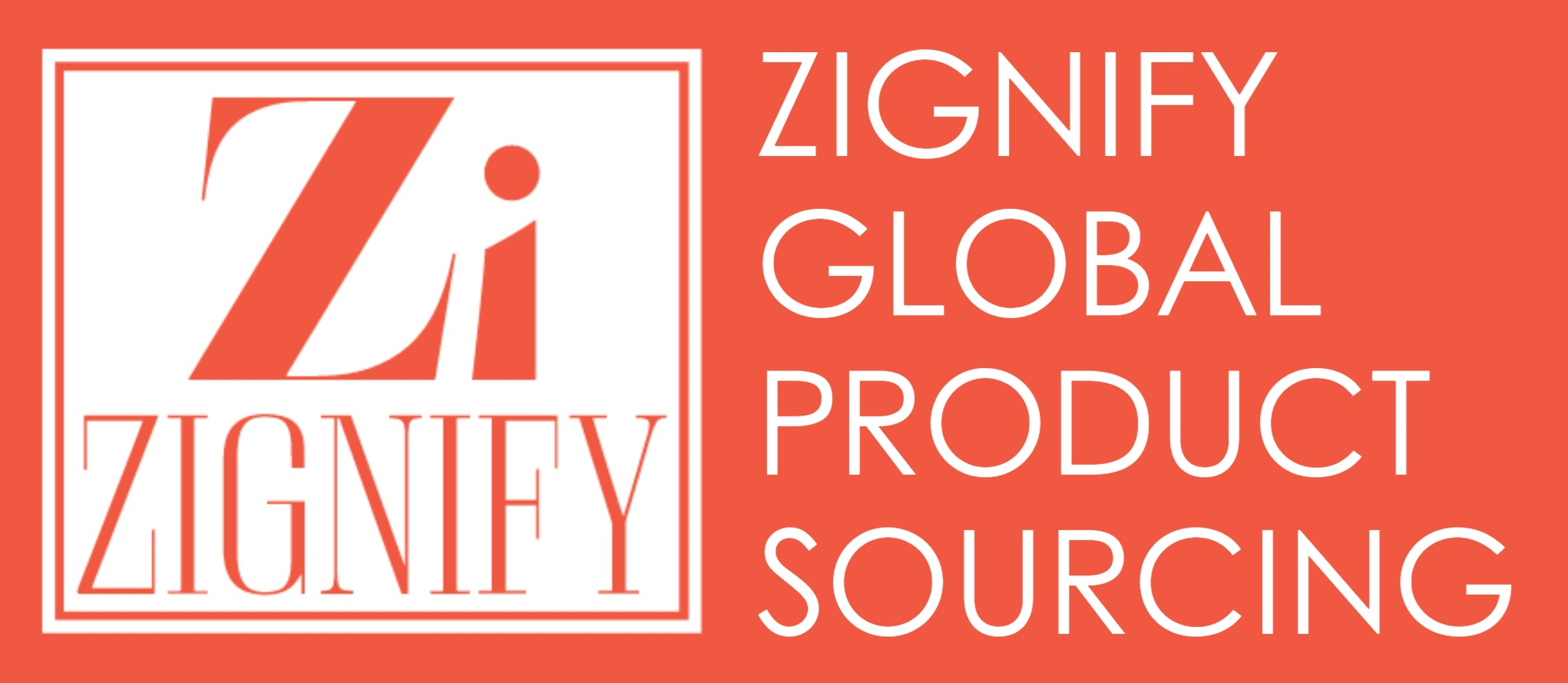
In the dynamic world of supply chain management, sourcing strategies play a pivotal role in determining the efficiency, stability, and adaptability of businesses. This article delves into the three primary sourcing approaches—single sourcing, dual sourcing, and multi-sourcing—examining their unique benefits, risks, and factors to consider for successful implementation.
Single Sourcing: Unveiling Efficiency and Risks
Single sourcing, as the name suggests, involves relying on a single supplier for a particular product or component. This approach can lead to streamlined logistics, consistent quality, and potential cost savings.
However, the risks associated with single sourcing are substantial. Companies are exposed to supplier disruptions, production halts, and market fluctuations. A striking example is the smartphone industry’s dependence on a single supplier for key components, which resulted in severe production delays during unforeseen events.
Dual Sourcing: Balancing Stability and Flexibility
Dual sourcing offers a compromise between stability and flexibility. Businesses opt for two suppliers, mitigating the risk of supply chain disruptions caused by a single supplier’s failure. This approach allows for competitive pricing negotiation and safeguards against over-reliance on one source.
However, coordinating with multiple suppliers can pose challenges in terms of communication, quality consistency, and increased overhead costs. Well-executed dual sourcing strategies, as seen in the automobile sector, can ensure a steady supply of components while retaining negotiation leverage.
Multi-Sourcing: Enhancing Resilience in Supply Chains
The multi-sourcing strategy involves diversifying suppliers across regions or even industries. This approach boosts supply chain resilience by reducing dependency on any single supplier or market. Companies embracing multi-sourcing benefit from enhanced supply security and increased potential for innovation through collaboration with various partners.
Nevertheless, managing multiple suppliers can be intricate, demanding stringent quality control and coordination efforts. Apple, for instance, employs multi-sourcing for key components, fostering competitive innovation while minimizing vulnerability.
Choosing the Right Sourcing Strategy: Factors to Consider
Selecting the appropriate sourcing strategy hinges on several factors, including product complexity, market volatility, and risk tolerance. For instance, intricate products might require multi-sourcing to ensure quality diversity. In contrast, commodity goods could lean towards single sourcing for cost efficiency. A comprehensive comparative analysis of the three strategies based on these factors can guide businesses in making informed decisions aligned with their goals and industry trends.
Best Practices for Successful Implementation
Implementing sourcing strategies demands careful planning and execution. Leveraging technology, such as advanced analytics and supply chain management software, aids in data-driven decision-making. Regularly monitoring supplier performance, market trends, and risk factors allows for timely adjustments to optimize strategy outcomes. Proactive management of sourcing strategies ensures seamless adaptation to changes and maintains a competitive edge in the market.
Discover Innovation with Our Zignify Global Product Sourcing
Explore how our forward-thinking strategies are transforming the world of sourcing. Embrace the future of supply chain management by partnering with us at Zignify today. Contact us to learn more about our cutting-edge solutions and take your sourcing strategies to new heights. Your success starts here.
Our Approach at Zignify Global Product Sourcing: Redefining Sourcing Strategies
We prioritize dual and multi-sourcing approaches to ensure a resilient supply chain, minimizing risks while offering competitive pricing. Our success story showcases how proactive management and adaptable strategies can lead to remarkable outcomes.
Future Trends in Sourcing: Adapting to Change
The landscape of sourcing strategies continues to evolve with emerging trends. Digitalization is revolutionizing procurement processes, enabling real-time supplier collaboration and efficient demand forecasting. Sustainability concerns are driving companies to seek suppliers aligned with eco-friendly practices, impacting multi-sourcing decisions. Noteworthy companies like Amazon are already investing in AI-driven supplier selection to enhance efficiency and minimize risks.
In conclusion, sourcing strategies form the backbone of a resilient and effective supply chain. The choice between single sourcing, dual sourcing, and multi-sourcing is influenced by an array of factors, each strategy carrying its own set of benefits and risks. By understanding these strategies and their implications, businesses can make strategic choices that foster growth, mitigate risks, and withstand the challenges of an ever-changing market.



